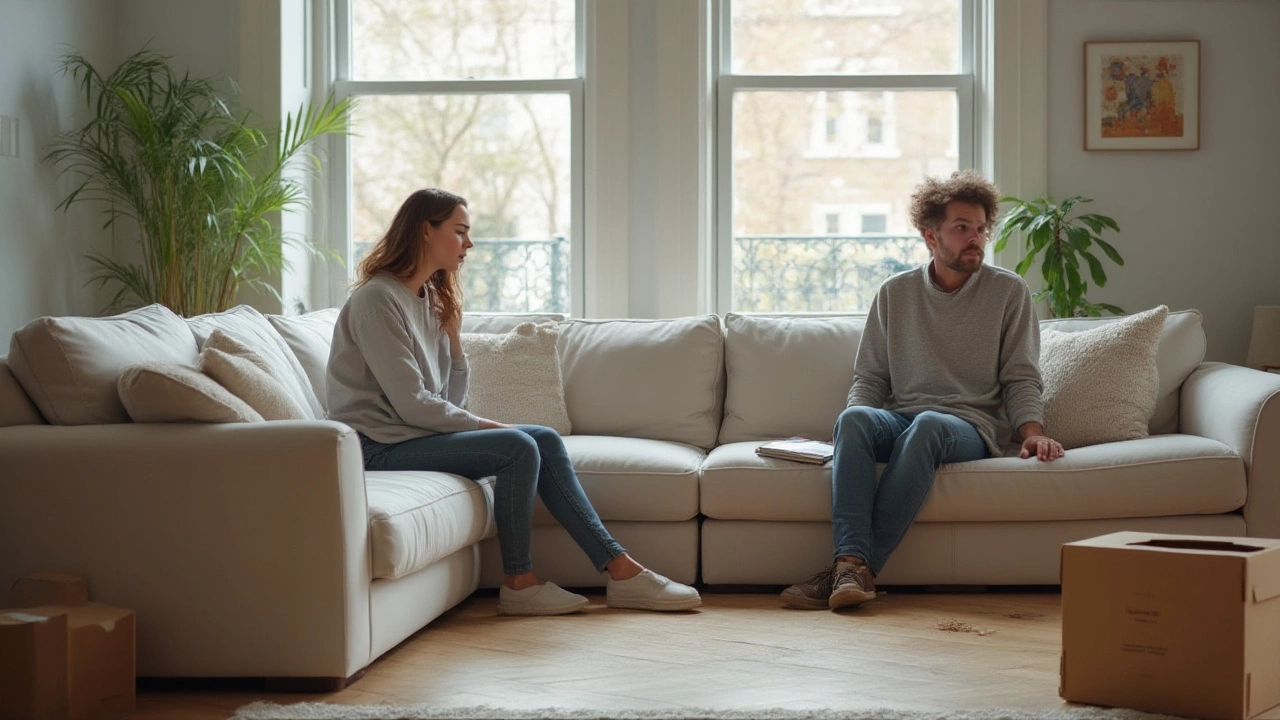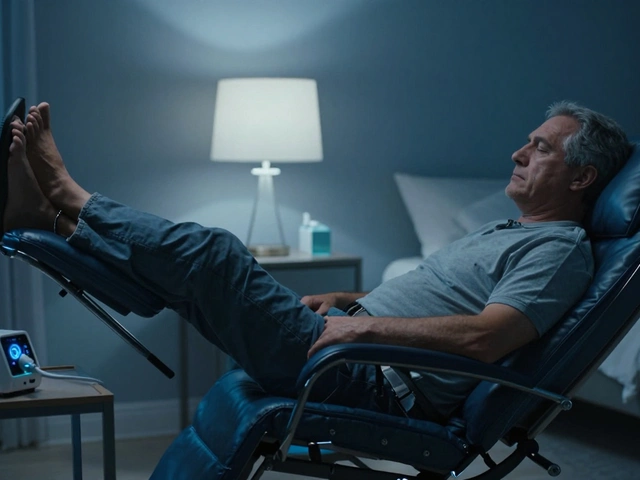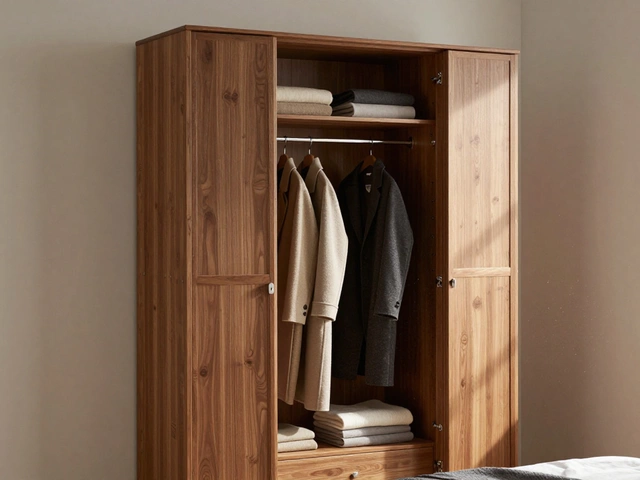Corner Sofa Disadvantages You Shouldn't Ignore
If you’re thinking about a corner sofa, pause for a second. They look stylish, but they also bring a handful of issues that can mess up your living space. Below we break down the biggest drawbacks and give you practical tricks to avoid them.
Space and Layout headaches
First up, space. A corner sofa hugs two walls, so it eats up a lot of floor area that could otherwise be used for traffic or other furniture. In a modest room, that extra bulk often forces narrow pathways or forces you to give up a coffee table.
Because it occupies a fixed corner, rearranging the room becomes a pain. Want to move the sofa to a different wall for a fresh look? Good luck – you’ll likely need new wall anchors, new rug placement, and a whole new wiring plan for lamps.
Seating and social interaction limits
Corner sofas are great for lounging, but they’re not ideal for conversation. The L‑shape puts seats back‑to‑back, making eye contact difficult. If you host game nights or dinner parties, guests often end up perched on the ends while the middle seat feels isolated.
Another point is seating flexibility. You can’t easily add extra chairs or a bench without looking cramped. Many owners end up with an awkward gap that no one wants to sit in.
Cleaning is another surprise. The inner corner collects dust, crumbs, and pet hair faster than any other spot. Vacuuming those tight angles takes extra time, and spills can seep into the joint, leading to stains that are hard to reach.
Style-wise, corner sofas can feel dated fast. Trends swing toward modular, low‑profile pieces that you can shuffle around. Once the novelty wears off, the bulky shape may look out of step with newer décor.
Finally, cost can be a hidden downside. Because of the custom shape, corner sofas usually cost more than straight sofas of the same material and upholstery. If you’re on a budget, that extra spend might not justify the limited benefits.
So, what can you do if you already own a corner sofa or still want one? Try these simple fixes:
- Place a slim, rectangular coffee table in the middle to open up the floor and improve traffic flow.
- Use a lightweight rug that can be rolled and moved when you need to rearrange.
- Swap the end pieces for swivel chairs or poufs to improve conversation angles.
- Invest in a handheld vacuum with a narrow attachment to keep the corner clean without hassle.
- Consider a slipcover that lets you change the look seasonally, keeping the sofa from feeling stuck in one style.
In short, corner sofas bring a bold look, but they also bring space, flexibility, and cleaning challenges. Weigh these downsides against the visual appeal before you click ‘add to cart.’ If you can work around the issues, a corner sofa can still be a comfy centerpiece. If not, a straight sofa or sectional with movable sections might save you headaches later.
Now you’ve got the full picture – use it to decide whether a corner sofa fits your home or if there’s a smarter seating solution waiting for you.
Corner Sofa Disadvantages: What to Know Before You Buy
Thinking about a corner sofa? Get the facts on their downsides, from awkward room fit to the pain of moving and cleaning. Make a smarter choice for your living room.







